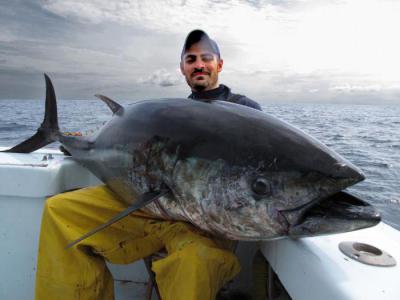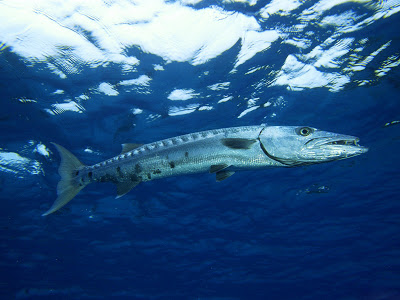With over 25 years of experience, Fishing in Hurghada Charters (www.fishinginhurghada.com) is among Hurghada’s most experienced charter fishing companies. We offer deep sea fishing, Jigging, Popping, Casting, Trolling, Big game, drift, reef fishing, and sports fishing to those who are looking for an exciting time out in the Red Sea….
With us, you can enjoy breath taking views of the Red Sea, experience the vibrant offshore reefs, and the most intense blue water game fishing only with Fishing in Hurghada Charters.
We are the first choice for anyone looking for the best fishing charters that Hurghada has to offer. We boast a passionate crew and thoroughly enjoy introducing amateur and experience fishermen alike, to the world of deep sea fishing. Come with us on an unforgettable fishing adventure, we guarantee you’ll be hooked the moment we set sail.
Fishing in Hurghada charter welcome you to join us for what will be a wonderful and Event for individuals, families, organizations, teenagers, kids, young adults on our Deep Sea Fishing in Hurghada.We are offering customers to very economical priced packages for your convenience and relaxation fulfillments.
Please feel free to share this excitable event with others. Choose one as per your requirement from our wide range of neat and tidy fishing boats ready for sports fishing. Hurghada Fishing will be glad to welcome you aboard.
Fishing in Hurghada provides a professional fishing experience, offering the ultimate service for the novice through to the most experienced anglers.
Our mission is to provide an exceptional fishing experience for anglers who crave deep sea fishing adventure while enjoying the most spectacular sights around the waters of the Red Sea and islands. Our main focus is on quality & service, ensuring you are a satisfied repeat customer every time!
We do both trolling & bottom fishing, of course depending on the requirements of the guests we pick the amount of time for each.
If the goal is to catch only bigger fish we place a bigger emphasize on the trolling, if the goal is to catch more fish, then it’s bottom fishing.
What We Normally Catch in the Red Sea:
While deep sea fishing in the Red Sea, there is always a staple of fish that is very common, i.e: something that you can rely on to be consistent.
For trolling the most common kinds of fish are barracuda, mahi-mahi, Sailfish, trevally, yellofin tuna and blue fin tuna.
HOW TO CATCH FISH
Step 1: Go To Where the Fish Is
* When it comes to deep sea fishing trips, the importance of location is drastically different to shore fishing.
* Once you have pushed off, the most important thing to catch fish in the Sea, like anywhere else in the world is to find the Spots.
* Ideally the thumb rule is to go to drop offs, trenches, reefs, and any other place that provides some sort of cover. Places like this attract smaller fish, which in turn attract larger game animals.
* Our captains have such spots on their minds which have been developed through years of fishing & experience.
Step 2: Choosing the Bait
* It’s of great importance to pick the bait that matches what you are targeting.
* Squid usually works best for bottom fishing, whereas artificial plastic fish is used for larger game fishing.
Step 3: Choose the Fishing Method
* Usually we start our trip with about 1-1.5 hours of trolling, with a goal of catching larger game fish. After that, depending on the
requirements of the guests we usually move onto deep fishing, big game fishing, bottom fishing.
* As a result we usually end up with a good mix of larger fishes.
Our Crew :
We believe in making a fishing tour with a difference and we can’t do that without a great team of people. We love exploring the waters of the Red Sea, and we know the best fishing spots intimately.
Our fishing crew takes great pride in providing the best fishing experience and has tremendous local insight about the rich culture of the area and its surrounding waters.
Tackle & Equipment :
We provide a unique fishing adventure and offer top quality equipment and professional Tackle, Gear, Jigs, Rod, Reel, and experienced fishing guides who will provide you with the ultimate experience.
All bait and gear included and no additional cost.
Our Boats & Safety :
We put safety above all else; that’s why an experienced and fully qualified team mans our boat.
PERFECT FOR:
Experienced Anglers…
Target a variety of species such as Dorado Fish, Mackerel, Sailfish, Barracuda, Grouper, Giant trevally or Tuna using our best
and most advanced sport fishing equipment and techniques.
Novices & Families…
Great fun for the families or for those who are new to the sea and fishing.






































